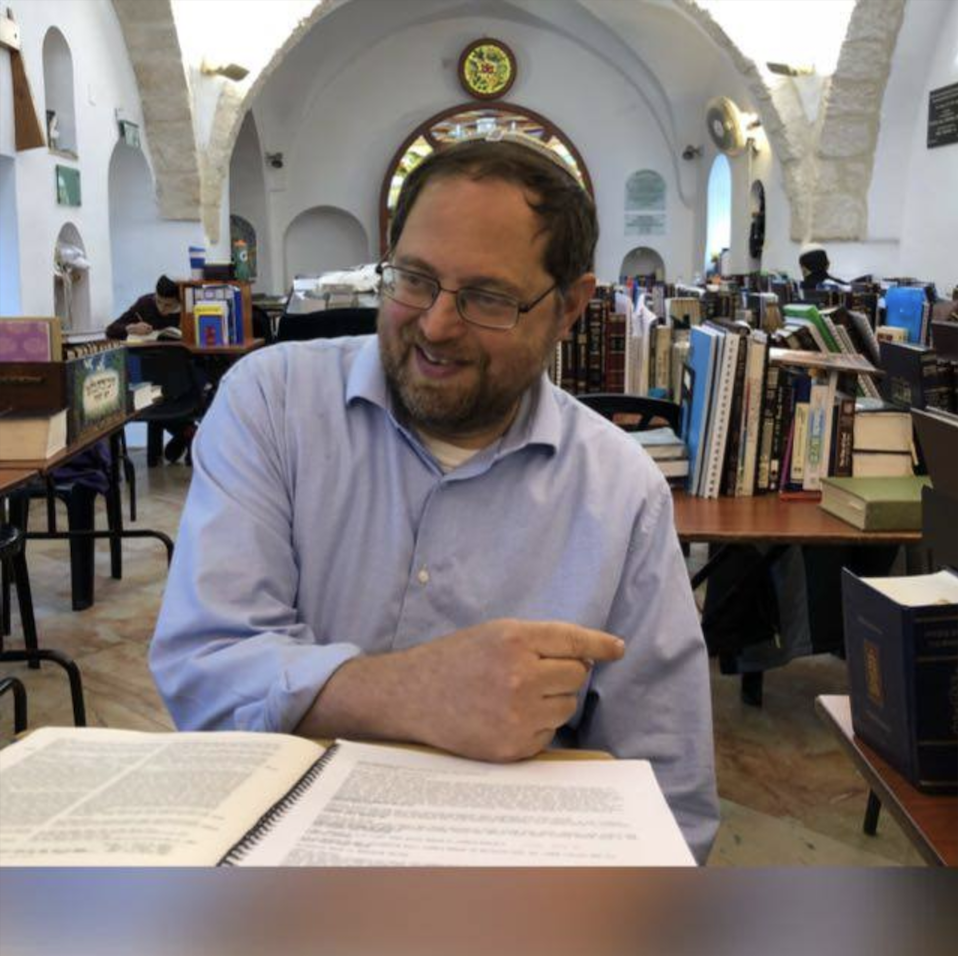1) Why does the tzitz appear last on the list of bigdei kehuna? See Ha’amek Davar.
2) On which calendar date was the mishkan erected? See Ibn Ezra (until ובתלמודינו). What are the implications of the two positions for the narratives of Nadav ve’Avihu and Pesach Sheni
(א) ביום. מחלוקת הוא י''א כי יום השמיני למלואים היה יום ראש חדש ניסן. והוצרכו לומר כי בשלשה ועשרים יום לאדר הקים משה את המשכן והנה יום תחלת המלואים היה משה סותרו ובונהו להרגיל הכהנים. ואמרו כי השעיר שדרש משה והנה שורף הוא שעיר ראש חדש. והנה צוה השם שיקים משה המשכן באחד לחדש הראשון ולא יסתרנו עד יום נסוע הארון. והנה מצאנו בספרי כי מישאל ואלצפן היו הטמאים לנפש אדם. והנה יום שמיני למלואים הוא שמיני לחדש. ויש כדמות ראיה על זה. האחת למה לא הזכיר הכתוב שהיה משה מקים את המשכן וסותרו ואנה יהיה פתח אהל מועד אחר שיהיה נסתר. כי כתוב ופתח אהל מועד תשבו יומם ולילה ועוד כתוב ואל בני ישראל תדבר לאמר קחו שעיר עזים לחטאת. וזהו שדרש משה. ועוד אם היה שעיר ראש חדש למה לא הזכיר שנים פרים ואיל אחד ושבעה כבשים. וכאשר הזכיר מלבד עולת הבקר. היה ראוי שיאמר מלבד עולת החדש. והנה על דרך הפשט ביום החדש הראשון היתה תחלה הקמת המשכן. והנה זה המשכן הראשון הקימוהו ביום א' לחדש הראשון. והחלו לבנות הבית הראשון שהוא המשכן השני בחדש השני שהוא אייר בשני לחדש. כי כן כתוב בחדש השני בשני.
3) What does the term “mishkan” refer to? See Seforno
4) When was Moshe able to enter the ohel moed and when was he not able? What is the parallel to the time of the construction of the mikdash? See Rashbam




